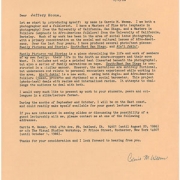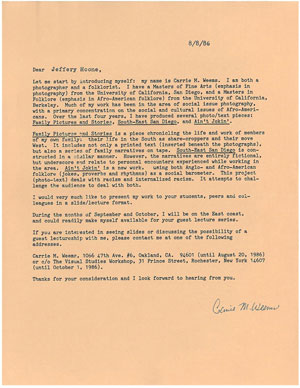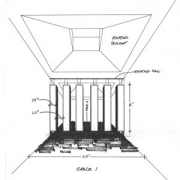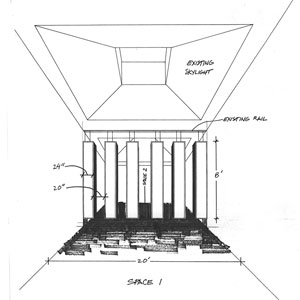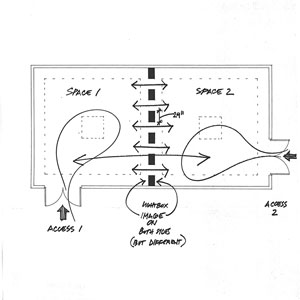From the Files: Aaron Siskind
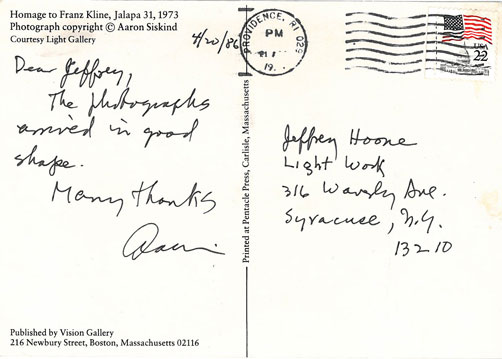
The Light Work files are full of great postcards (remember those?) like this one from Aaron Siskind to Jeffrey Hoone in 1986. Siskind, who was 82 at the time, had just closed an exhibition at the Robert B. Menschel Photography Gallery, and this card marks the safe return of the work from the show. A little piece of Light Work, photographic, and communications history all rolled into one little card.
Siskind’s exhibition, which is the subject of Menschel Gallery Catalog #3, was comprised of new images, all taken from 1980-1984. In the catalog, Hoone writes, “In this new work he continues to abstract the depth of visual poetry present in the objects that surround us by conveying photographically things felt as things seen. This conviction has been the hallmark of Siskind’s work for the past 40 years and this contribution will forever allow us to consider the essence of photography’s power as more than merely the accurate and faithful recording of visual facts.”
We’d love to hear your thoughts about Siskind and his work in the comments!
—Mary Goodwin, Associate Director


